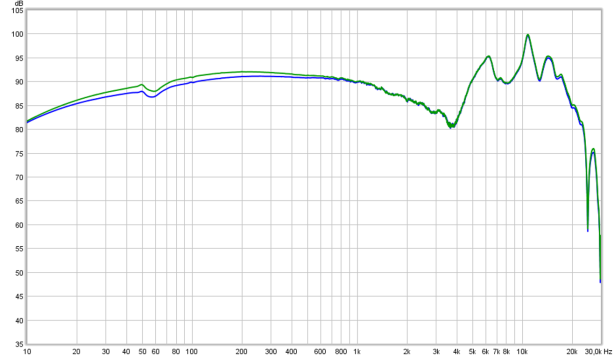Another 2 ohms cable:
https://www.linum.dk/products/linum-g2-music/
Multi-driver IEMs are usually those that affected by Cable and headphone output Impedance. Usually less so on dynamic driver earphones. But usually at 2 ohms the affect to tonality is minimal (probably might be audible in some cases).
https://www.linum.dk/products/linum-g2-music/
Multi-driver IEMs are usually those that affected by Cable and headphone output Impedance. Usually less so on dynamic driver earphones. But usually at 2 ohms the affect to tonality is minimal (probably might be audible in some cases).

